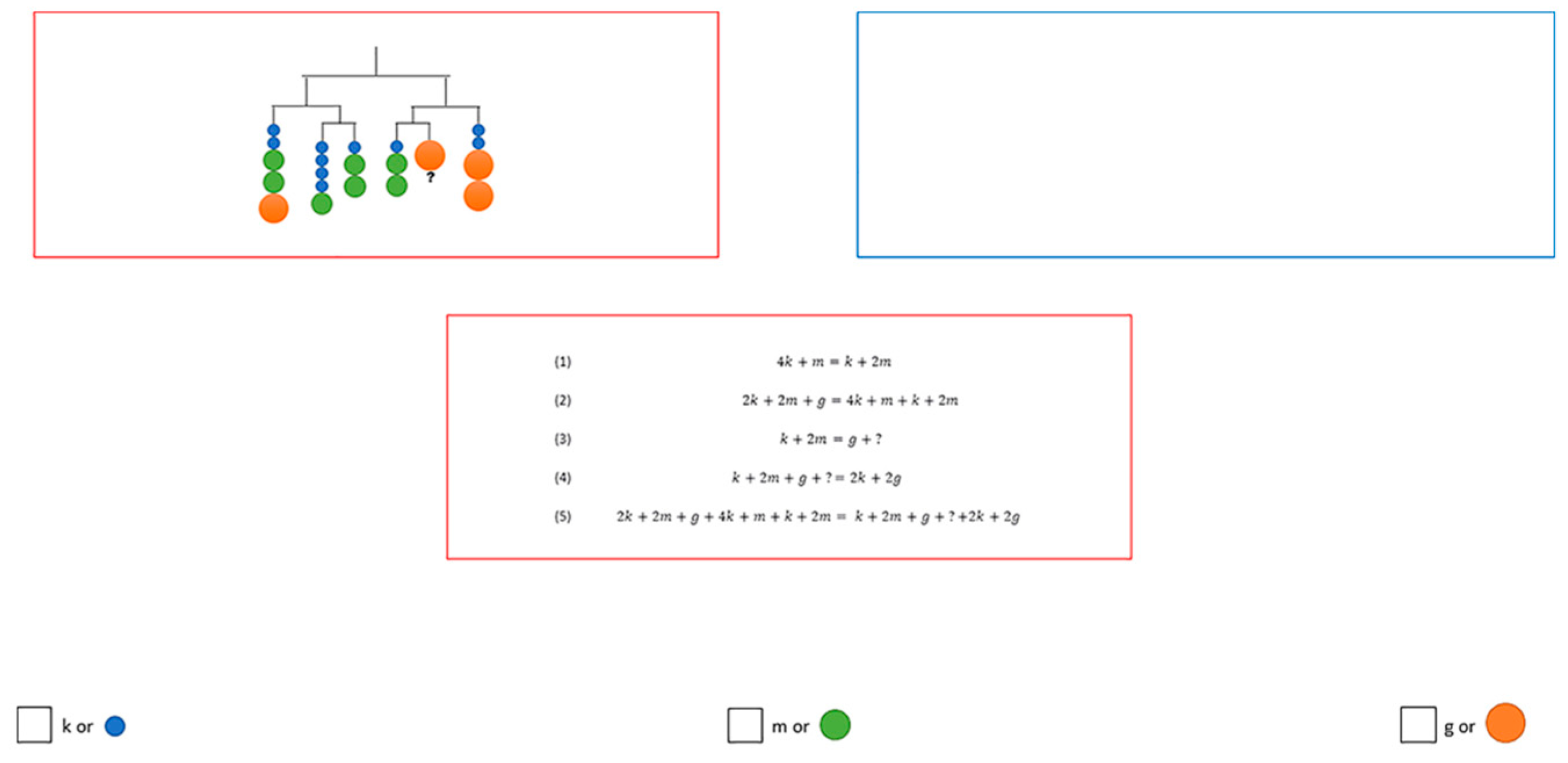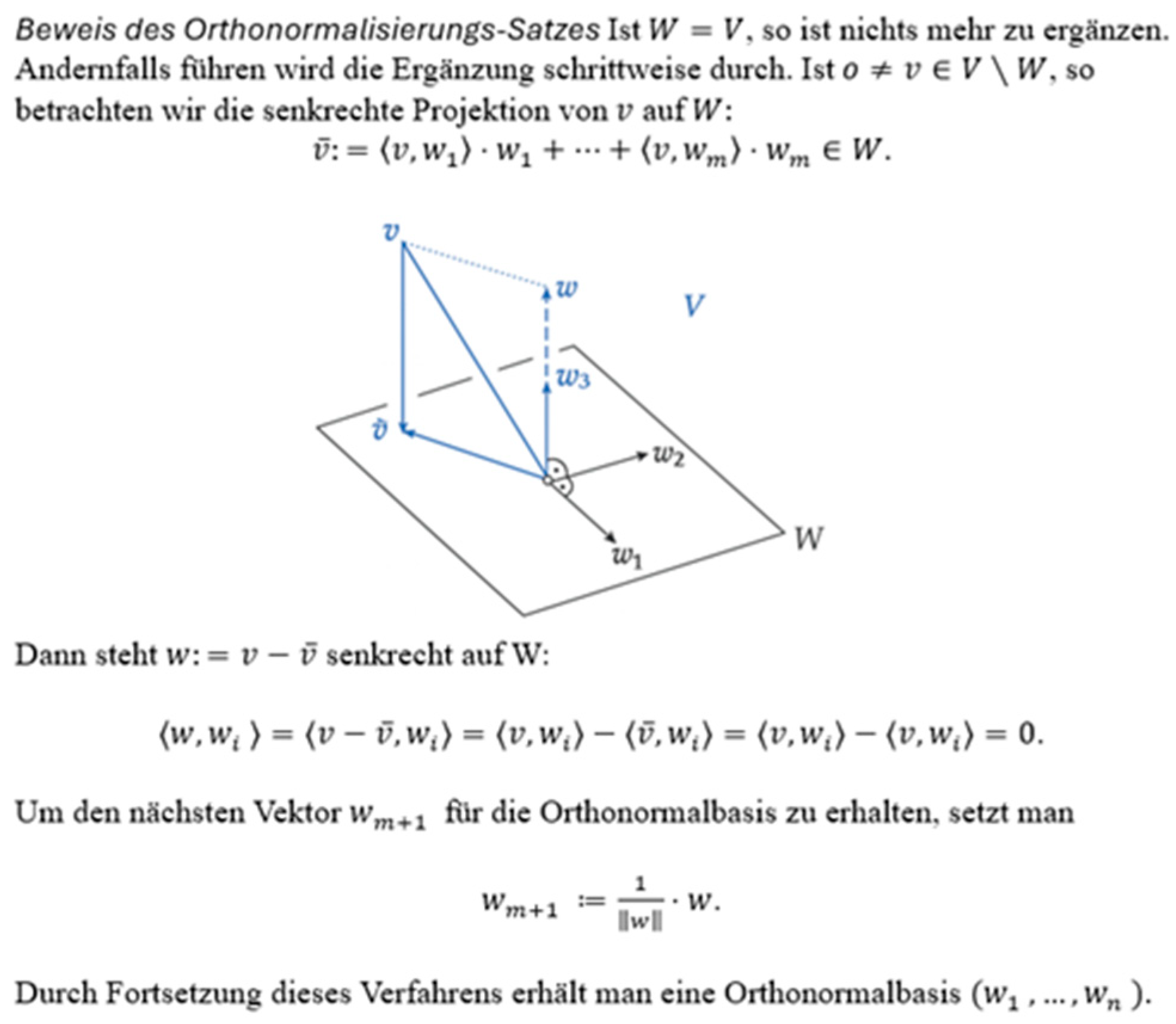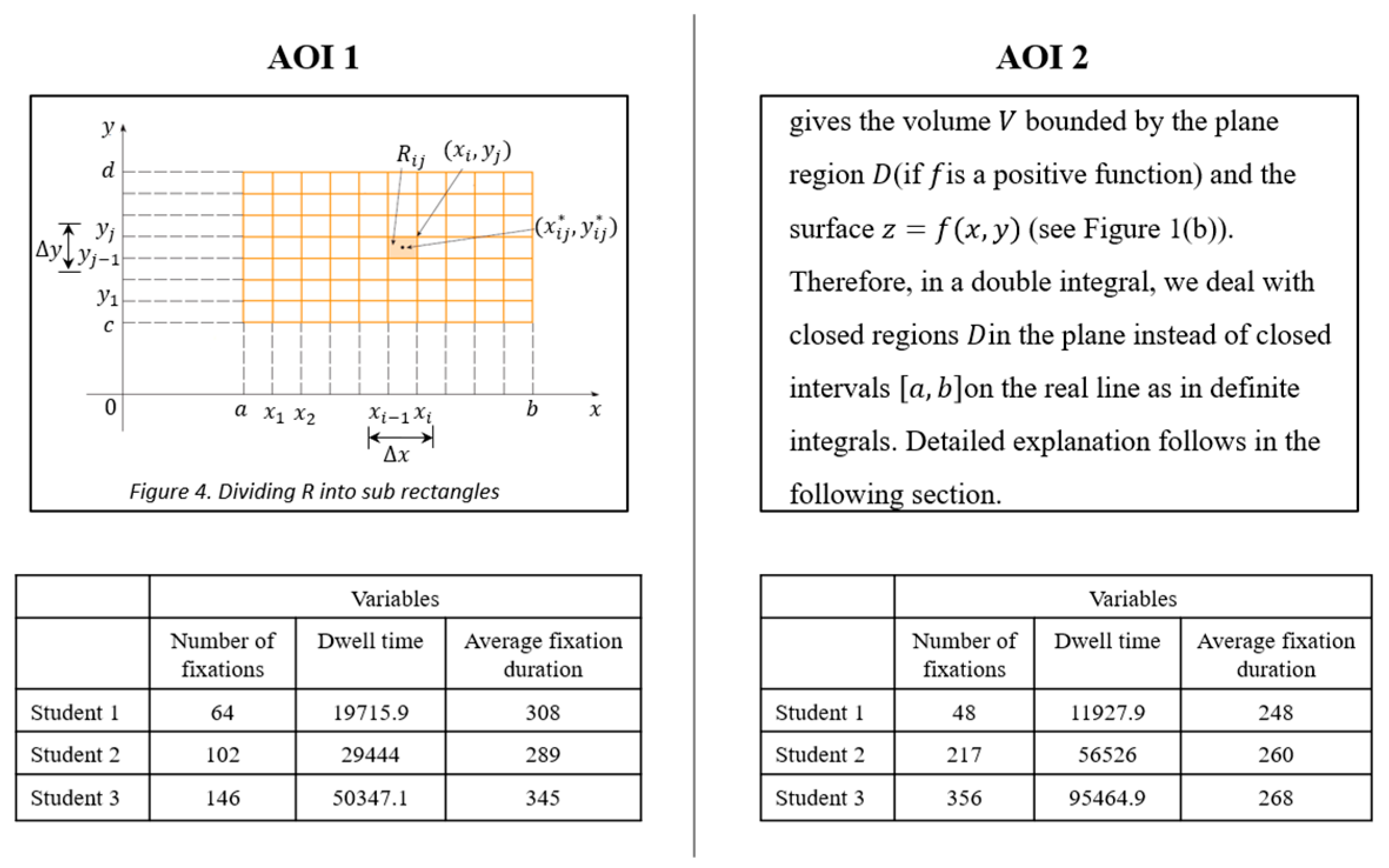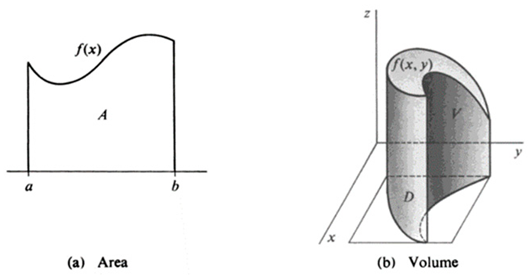Eye-Tracking Data in the Exploration of Students’ Engagement with Representations in Mathematics: Areas of Interest (AOIs) as Methodological and Conceptual Challenges
Highlights
- AOI design across multiple representations is a technical and conceptual challenge.
- Different representations in AOIs lead to different eye movement patterns.
- Varying how AOIs are defined changes outcomes and influences the interpretation of eye movements.
Abstract
1. Introduction
2. Literature Review
2.1. Representations, Learning, and Instruction in Mathematics
2.1.1. Textual Representations
2.1.2. Formula Representations
2.1.3. Figure Representations
2.1.4. Use and Processing of Multiple Representations
2.2. Eye-Tracking Methodology in Research
Uses of Eye-Tracking in Research Involving Multiple Representations
2.3. Challenges and Analytical Approaches When Defining AOIs for Multiple Representations in Eye-Tracking Research: The Case of Mathematics Learning
3. Research Questions and Design
3.1. Method and Data Generation
3.2. Data Analysis
Methodological Considerations in Defining AOIs for Different Representations and Analysing Eye Movement Behaviour
4. Results
5. Discussion and Conclusions
Author Contributions
Funding
Institutional Review Board Statement
Informed Consent Statement
Data Availability Statement
Conflicts of Interest
Abbreviations
| AOI | Area of Interest |
| AFD | Average Fixation Duration |
| ANOVA | Analysis of Variance |
References
- Duval, R. A cognitive analysis of problems of comprehension in a learning of mathematics. Educ. Stud. Math. 2006, 61, 103–131. [Google Scholar] [CrossRef]
- Kaput, J. Representation system and mathematics. In Problems of Representation in the Teaching and Learning of Mathematics; Janvier, C., Ed.; Lawrence Erlbaum Associates: Hillsdale, NJ, USA, 1987; pp. 19–26. [Google Scholar]
- Mainali, B. Representation in teaching and learning mathematics. Int. J. Educ. Math. Sci. Technol. 2021, 9, 1–21. [Google Scholar] [CrossRef]
- Fang, Z.H. Language Correlates of Disciplinary Literacy. Top. Lang. Disord. 2012, 32, 19–34. [Google Scholar] [CrossRef]
- Ainsworth, S. The functions of multiple representations. Comput. Educ. 1999, 33, 131–152. [Google Scholar] [CrossRef]
- Cuoco, A.A.; Curcio, F.R. (Eds.) The Roles of Representation in School Mathematics: 2001 Yearbook; The National Council of Teachers of Mathematics: Reston, VA, USA, 2001. [Google Scholar]
- Beitlich, J.T.; Obersteiner, A.; Moll, G.; Ruano, J.G.M.; Pan, J.; Reinhold, S.; Reiss, K. The Role of Pictures in Reading Mathematical Proofs: An Eye Movement Study. In Proceedings of the 38th Conference of the International Group for the Psychology of Mathematics Education and the 36th Conference of the North American Chapter of the Psychology of Mathematics Education, Vancouver, BC, Canada, 15–20 July 2014. [Google Scholar]
- Alemdag, E.; Cagiltay, K. A systematic review of eye tracking research on multimedia learning. Comput. Educ. 2018, 125, 413–428. [Google Scholar] [CrossRef]
- Hyönä, J. The use of eye movements in the study of multimedia learning. Learn. Instr. 2010, 20, 172–176. [Google Scholar] [CrossRef]
- Kim, S.; Lombardino, L.J. Comparing graphs and text: Effects of complexity and task. J. Eye Mov. Res. 2015, 8, 1–17. [Google Scholar] [CrossRef]
- Ott, N.; Brünken, R.; Vogel, M.; Malone, S. Multiple symbolic representations: The combination of formula and text supports problem solving in the mathematical field of propositional logic. Learn. Instr. 2018, 58, 88–105. [Google Scholar] [CrossRef]
- Kliegl, R.; Nuthmann, A.; Engbert, R. Tracking the mind during reading: The influence of past, present, and future words on fixation durations. J. Exp. Psychol. 2006, 135, 12–35. [Google Scholar] [CrossRef]
- Just, M.A.; Carpenter, P.A. The role of eye-fixation research in cognitive psychology. Behav. Res. Methods Instrum. 1976, 8, 139–143. [Google Scholar] [CrossRef]
- Damşa, C.; Rajala, A.; Ritella, G.; Brouwer, J. (Eds.) Re-Theorising Learning and Research Methods in Learning Research; Routledge: London, UK, 2024. [Google Scholar]
- Andrá, C.; Lindström, P.; Arzarello, F.; Holmqvist, K.; Robutti, O.; Sabena, C. Reading mathematics representations: An eye-tracking study. Int. J. Sci. Math. Educ. 2015, 13, 237–259. [Google Scholar] [CrossRef]
- Strohmaier, A.R.; MacKay, K.J.; Obersteiner, A.; Reiss, K.M. Eye-tracking methodology in mathematics education research: A systematic literature review. Educ. Stud. Math. 2020, 104, 147–200. [Google Scholar] [CrossRef]
- Schindler, M.; Lilienthal, A.J. Students’ collaborative creative process and its phases in mathematics: An explorative study using dual eye tracking and stimulated recall interviews. ZDM-Math. Educ. 2022, 54, 163–178. [Google Scholar] [CrossRef]
- Lin, J.J.; Lin, S.S. Tracking eye movements when solving geometry problems with handwriting devices. J. Eye Mov. Res. 2014, 7, 1–15. [Google Scholar] [CrossRef]
- Beitlich, J.T.; Obersteiner, A.; Reiss, K. How do secondary school students make use of different representation formats in heuristic worked examples? An analysis of eye movements. In Proceedings of the 39th Conference of the International Group for the Psychology of Mathematics Education, Hobart, Australia, 13–18 July 2015. [Google Scholar]
- Kohlhase, A.; Kohlhase, M.; Ouypornkochagorn, T. Discourse phenomena in mathematical documents. In Proceedings of the Intelligent Computer Mathematics: 11th International Conference, Hagenberg, Austria, 13–17 August 2018. [Google Scholar]
- Rożek, B.; Błasiak, W.; Andrzejewska, M.; Godlewska, M.; Pęczkowski, P.; Rosiek, R.; Sajka, M.; Stolińska, A.; Wcisło, D. The eye-tracking research method in the process of solving mathematical tasks requiring drawing analysis. Didact. Math. 2014, 11, 43–58. [Google Scholar] [CrossRef]
- Vygotsky, L.S. The instrumental method in psychology. In The Concept of Activity in Soviet Psychology; Wertsch, J.V., Ed.; Routledge: Armonk, NY, USA, 1981; pp. 134–143. [Google Scholar]
- Fredricks, J.A.; Blumenfeld, P.C.; Paris, A.H. School engagement: Potential of the concept, state of the evidence. Rev. Educ. Res. 2004, 74, 59–109. [Google Scholar] [CrossRef]
- Palmer, S.E. Fundamental aspects of cognitive representation. In Cognition and Categorization; Rosch, E., Lloyd, B.B., Eds.; Routledge: New York, NY, USA, 2024; pp. 259–303. [Google Scholar]
- Greeno, J.G.; Hall, R.P. Practicing representation: Learning with and about representational forms. Phi Delta Kappan 1997, 78, 361–367. [Google Scholar]
- Janvier, C. Representation and understanding: The notion of function as an example. In Problems of Representation in the Teaching and Learning of Mathematics; Janvier, C., Ed.; Lawrence Erlbaum Associates: Hillsdale, NJ, USA, 1987; pp. 67–71. [Google Scholar]
- Goldin, G.; Shteingold, N. Systems of representations and the development of mathematical concepts. In The Roles of Representation in School Mathematics: 2001 Yearbook; Cuoco, A.A., Curcio, F.R., Eds.; NCTM: Reston, VA, USA, 2001; pp. 1–23. [Google Scholar]
- Zhe, L. Survey of primary students’ mathematical representation status and study on the teaching model of mathematical representation. J. Math. Educ. 2012, 5, 63–76. [Google Scholar]
- Radford, L. The seen, the spoken and the written: A semiotic approach to the problem of objectification of mathematical knowledge. Learn. Math. 2002, 22, 14–23. [Google Scholar]
- Mayer, R.E. Multimedia learning. In Psychology of Learning and Motivation; Ross, B.H., Ed.; Academic Press: San Diego, CA, USA, 2002; pp. 85–139. [Google Scholar]
- Schnotz, W.; Bannert, M. Construction and interference in learning from multiple representation. Learn. Instr. 2003, 13, 141–156. [Google Scholar] [CrossRef]
- Paivio, A. Mental Representations: A Dual Coding Approach; Oxford University Press: New York, NY, USA, 1990. [Google Scholar]
- Ott, N. From Dual Coding to Multiple Coding: Effects of Multiple Symbolic Representations for Mathematical Understanding. Ph.D. Thesis, Universität des Saarlandes, Saarbrücken, Germany, December 2017. [Google Scholar]
- Friedlander, A.; Tabach, M. Promoting multiple representations in algebra. In The Roles of Representation in School Mathematics: 2001 Yearbook; Cuoco, A.A., Curcio, F.R., Eds.; The National Council of Teachers of Mathematics: Reston, VA, USA, 2001; pp. 173–185. [Google Scholar]
- Jansen, A.R.; Marriott, K.; Yelland, G.W. Parsing of algebraic expressions by experienced users of mathematics. Eur. J. Cogn. Psychol. 2007, 19, 286–320. [Google Scholar] [CrossRef]
- Tall, D. Using technology to support an embodied approach to learning concepts in mathematics. Hist. Tecnol. Ensino Math. 2003, 1, 1–28. [Google Scholar]
- Robutti, O. Motion, technology, gestures in interpreting graphs. Int. J. Technol. Math. Educ. 2006, 13, 117. [Google Scholar]
- Kress, G. Literacy in the New Media Age; Routledge: London, UK, 2003. [Google Scholar]
- Mayer, R.E. Multimedia Learning, 2nd ed.; Cambridge University Press: New York, NY, USA, 2009. [Google Scholar]
- Koedinger, K.R.; Nathan, M.J. The real story behind story problems: Effects of representations on quantitative reasoning. J. Learn. Sci. 2004, 13, 129–164. [Google Scholar] [CrossRef]
- Leppink, J.; Paas, F.; Van der Vleuten, C.P.; Van Gog, T.; Van Merriënboer, J.J. Development of an instrument for measuring different types of cognitive load. Behav. Res. Methods 2013, 45, 1058–1072. [Google Scholar] [CrossRef] [PubMed]
- Dee-Lucas, D.; Larkin, J.H. Equations in scientific proofs: Effects on comprehension. Am. Educ. Res. J. 1991, 28, 661–682. [Google Scholar] [CrossRef]
- Sweller, J.; Ayres, P.; Kalyuga, S. Cognitive Load Theory; Springer: New York, NY, USA, 2011. [Google Scholar]
- Paas, F.G.; Van Merriënboer, J.J. Variability of worked examples and transfer of geometrical problem-solving skills: A cognitive-load approach. J. Educ. Psychol. 1994, 86, 122–133. [Google Scholar] [CrossRef]
- Sweller, J.; Van Merriënboer, J.J.; Paas, F. Cognitive architecture and instructional design: 20 years later. Educ. Psychol. Rev. 2019, 31, 261–292. [Google Scholar] [CrossRef]
- Huang, W.; Eades, P.; Hong, S.-H. Measuring effectiveness of graph visualizations: A cognitive load perspective. Inf. Vis. 2009, 8, 139–152. [Google Scholar] [CrossRef]
- Inglis, M.; Alcock, L. Expert and Novice Approaches to Reading Mathematical Proofs. J. Res. Math. Educ. 2012, 43, 358–390. [Google Scholar] [CrossRef]
- Strohmaier, A.R.; Lehner, M.C.; Beitlich, J.T.; Reiss, K.M. Eye Movements During Mathematical Word Problem Solving—Global Measures and Individual Differences. J. Math.-Didakt. 2019, 40, 255–287. [Google Scholar] [CrossRef]
- Was, C.; Sansosti, F.; Morris, B. Eye-Tracking Technology Applications in Educational Research; IGI Global: Hershey, PA, USA, 2016. [Google Scholar]
- Chuang, H.-C.; Tseng, H.-Y.; Chiang, C.-Y. Impact of Leading Line Composition on Visual Cognition: An Eye-Tracking Study. J. Eye Mov. Res. 2024, 17, 10–16910. [Google Scholar] [CrossRef]
- Rayner, K. Eye movements in reading and information processing: 20 years of research. Psychol. Bull. 1998, 124, 372–422. [Google Scholar] [CrossRef]
- Holmqvist, K.; Nyström, M.; Andersson, R.; Dewhurst, R.; Jarodzka, H.; Van de Weijer, J. Eye Tracking: A Comprehensive Guide to Methods and Measures, 1st ed.; Oxford University Press: Oxford, UK, 2011. [Google Scholar]
- Rayner, K. Eye Movements in Reading: Eye Guidance and Integration. In Processing of Visible Language; Kolers, P.A., Wrolstad, M.E., Bouma, H., Eds.; Springer: Boston, MA, USA, 1979; pp. 61–75. [Google Scholar]
- Hodds, M.; Alcock, L.; Inglis, M. Self-Explanation Training Improves Proof Comprehension. J. Res. Math. Educ. 2014, 45, 62–101. [Google Scholar] [CrossRef]
- Jacobson, J.Z.; Dodwell, P.C. Saccadic Eye-Movements during Reading. Brain Lang. 1979, 8, 303–314. [Google Scholar] [CrossRef]
- Inhoff, A.W.; Rayner, K. Parafoveal Word-Processing during Eye Fixations in Reading—Effects of Word-Frequency. Percept. Psychophys. 1986, 40, 431–439. [Google Scholar] [CrossRef]
- Spagnolo, C.; Capone, R.; Gambini, A. Where do students focus their attention on solving mathematical tasks? An eye tracker explorative study. In Proceedings of the 44th Conference of the International Group for the Psychology of Mathematics Education, Khon Kaen, Thailand, 19–22 July 2021; pp. 89–96. [Google Scholar]
- Lee, W.K.; Wu, C.J. Eye Movements in Integrating Geometric Text and Figure: Scanpaths and Given-New Effects. Int. J. Sci. Math. Educ. 2018, 16, 699–714. [Google Scholar] [CrossRef]
- Malone, S.; Altmeyer, K.; Vogel, M.; Brünken, R. Homogeneous and heterogeneous multiple representations in equation-solving problems: An eye-tracking study. J. Comput. Assist. Learn. 2020, 36, 781–798. [Google Scholar] [CrossRef]
- Bulf, H.; de Hevia, M.D.; Cassia, V.M. Small on the left, large on the right: Numbers orient visual attention onto space in preverbal infants. Dev. Sci. 2016, 19, 394–401. [Google Scholar] [CrossRef] [PubMed]
- Hegarty, M.; Mayer, R.E.; Monk, C.A. Comprehension of Arithmetic Word-Problems—a Comparison of Successful and Unsuccessful Problem Solvers. J. Educ. Psychol. 1995, 87, 18–32. [Google Scholar] [CrossRef]
- Casalvieri, C.; Gambini, A.; Spagnolo, C.; Viola, G. The concept of derivatives through eye-tracker analysis. In Proceedings of the 15th International Conference on Computer Supported Education, Prague, Czech Republic, 21–23 April 2023; Volume 2, pp. 378–385. [Google Scholar]
- Stewart, J. Calculus: Early Transcendentals, 8th ed.; Cengage Learning: Boston, MA, USA, 2015. [Google Scholar]
- Anton, H.; Bivens, I.C.; Davis, S. Calculus, 10th ed.; Wiley: Hoboken, NJ, USA, 2012. [Google Scholar]






| Representation | Definition of Each Representation | Example |
|---|---|---|
| Textual | Textual representations are explanations expressed through written statements, and they include both verbal statements and mathematical symbols to provide a clear explanation for the students. The simple equations and symbolic expressions within the textual representations complement the explanations provided in the written text. They do not introduce new or complex symbolic relationships. | A double integral gives the volume V bounded by the plane region D (if f is a positive function) and the surface . Therefore, in a double integral, we deal with closed regions D in the plane instead of closed intervals on the real line as in definite integrals. Detailed explanation follows in the following section. |
| Formula | Formula representations are algebraic expressions and equations that were presented in a distinct manner (separately from the textual representations) such as statements in symbolic form (formulae), symbolic parts of theorems, and equations in the examples and their solutions. Formula representations, in this study, condense the information in a shorter way with using only mathematical symbols and equations. | |
| Figure | Figure representations refer to 2D and/or 3D coordinate systems in this study. |  |
| Student 1 | Student 2 | Student 3 | |
|---|---|---|---|
| F, df | 28.23, 2 | 17.15, 2 | 12.76, 2 |
| Significance p | <0.001 | <0.001 | <0.001 |
| Effect size | 0.6 | 0.48 | 0.41 |
| Compared Representation | Student 1 | Student 2 | Student 3 | ||||||
|---|---|---|---|---|---|---|---|---|---|
| Mean | S.E. | p | Mean | S.E. | p | Mean | S.E. | p | |
| Formula vs. Text | 105.6 * | 16.5 | <0.001 | 165.2 * | 29.17 | <0.001 | 113.2 * | 27.9 | <0.001 |
| Figure vs. Text | 80.5 * | 17.23 | <0.001 | 56.27 | 43.27 | 0.25 | 38.9 | 34.4 | 0.347 |
| Formula vs. Figure | 25.01 | 21.9 | 0.4 | 108.9 * | 49.93 | 0.016 | 74.3 * | 36.7 | 0.042 |
Disclaimer/Publisher’s Note: The statements, opinions and data contained in all publications are solely those of the individual author(s) and contributor(s) and not of MDPI and/or the editor(s). MDPI and/or the editor(s) disclaim responsibility for any injury to people or property resulting from any ideas, methods, instructions or products referred to in the content. |
© 2025 by the authors. Licensee MDPI, Basel, Switzerland. This article is an open access article distributed under the terms and conditions of the Creative Commons Attribution (CC BY) license (https://creativecommons.org/licenses/by/4.0/).
Share and Cite
Nedaei, M.; Säljö, R.; Kanwal, S.; Goodchild, S. Eye-Tracking Data in the Exploration of Students’ Engagement with Representations in Mathematics: Areas of Interest (AOIs) as Methodological and Conceptual Challenges. J. Eye Mov. Res. 2025, 18, 65. https://doi.org/10.3390/jemr18060065
Nedaei M, Säljö R, Kanwal S, Goodchild S. Eye-Tracking Data in the Exploration of Students’ Engagement with Representations in Mathematics: Areas of Interest (AOIs) as Methodological and Conceptual Challenges. Journal of Eye Movement Research. 2025; 18(6):65. https://doi.org/10.3390/jemr18060065
Chicago/Turabian StyleNedaei, Mahboubeh, Roger Säljö, Shaista Kanwal, and Simon Goodchild. 2025. "Eye-Tracking Data in the Exploration of Students’ Engagement with Representations in Mathematics: Areas of Interest (AOIs) as Methodological and Conceptual Challenges" Journal of Eye Movement Research 18, no. 6: 65. https://doi.org/10.3390/jemr18060065
APA StyleNedaei, M., Säljö, R., Kanwal, S., & Goodchild, S. (2025). Eye-Tracking Data in the Exploration of Students’ Engagement with Representations in Mathematics: Areas of Interest (AOIs) as Methodological and Conceptual Challenges. Journal of Eye Movement Research, 18(6), 65. https://doi.org/10.3390/jemr18060065





